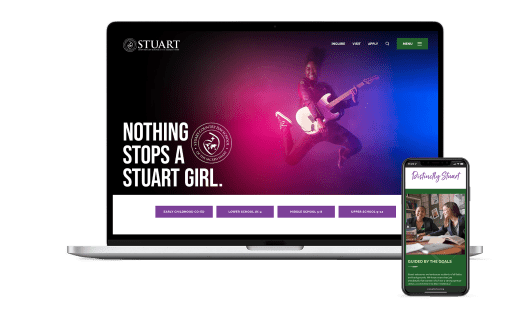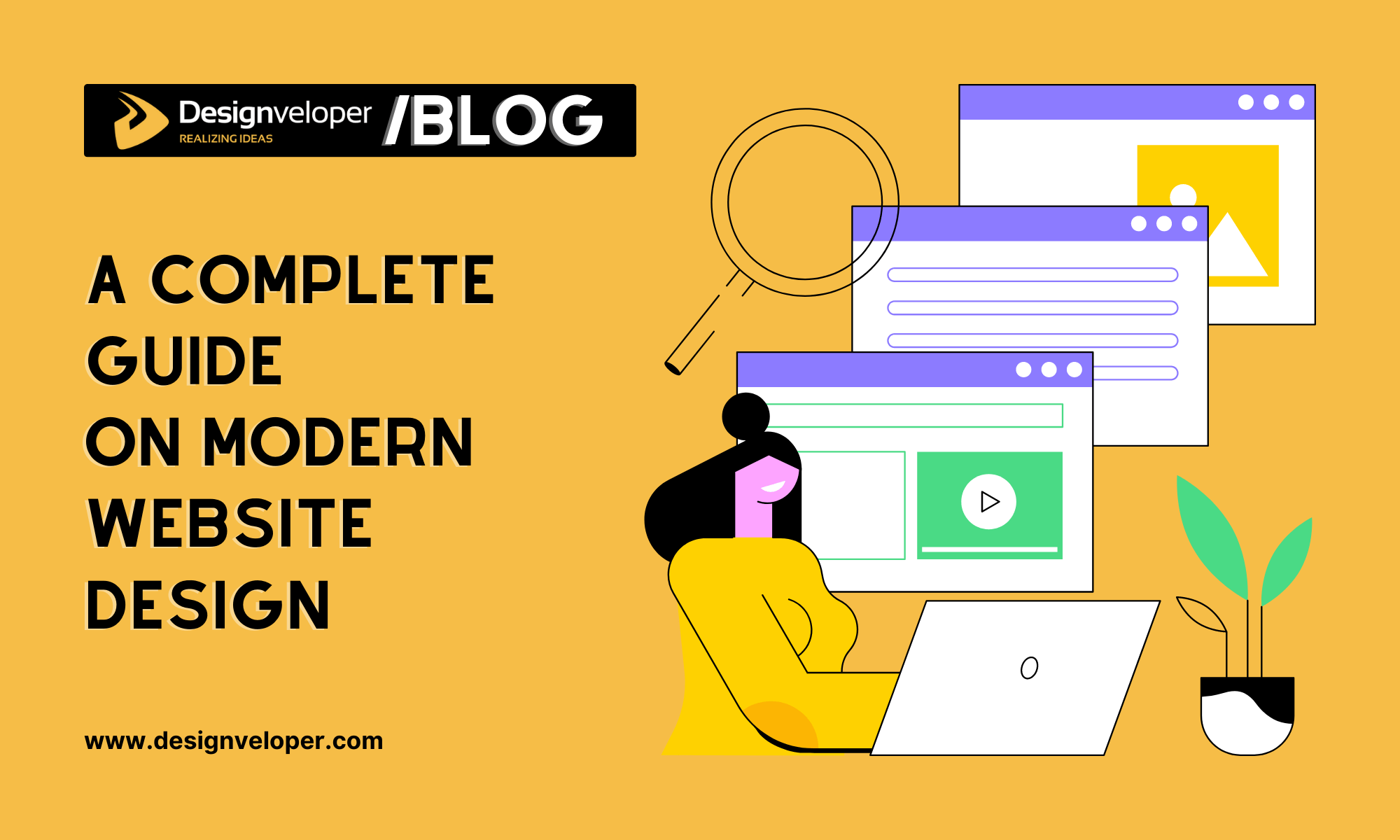Website Design Advice to Deliver a Memorable Initial Impact
Website Design Advice to Deliver a Memorable Initial Impact
Blog Article
Crucial Principles of Website Design: Producing User-Friendly Experiences
In the world of site layout, the development of user-friendly experiences is not just an aesthetic pursuit but an essential need. Essential principles such as user-centered design, instinctive navigating, and access serve as the backbone of reliable electronic systems. By concentrating on customer requirements and choices, designers can cultivate involvement and complete satisfaction, yet the ramifications of these principles extend past mere functionality. Comprehending how they link can substantially influence a website's total performance and success, prompting a better exam of their specific roles and cumulative impact on individual experience.

Relevance of User-Centered Style
Focusing on user-centered style is important for producing effective sites that meet the requirements of their target audience. This approach places the customer at the forefront of the layout procedure, making certain that the internet site not only operates well but also resonates with customers on an individual degree. By understanding the individuals' behaviors, objectives, and preferences, developers can craft experiences that cultivate engagement and fulfillment.

Furthermore, adopting a user-centered layout philosophy can cause enhanced availability and inclusivity, satisfying a diverse target market. By thinking about different user demographics, such as age, technical proficiency, and social histories, designers can develop websites that are inviting and functional for all.
Ultimately, prioritizing user-centered layout not just improves customer experience but can also drive key organization end results, such as boosted conversion rates and consumer loyalty. In today's competitive digital landscape, understanding and prioritizing customer demands is a vital success variable.
Instinctive Navigating Frameworks
Efficient web site navigation is typically an important variable in improving individual experience. Intuitive navigation frameworks allow individuals to find details promptly and effectively, minimizing irritation and boosting interaction.
To create intuitive navigating, designers ought to focus on clarity. Tags need to be detailed and familiar to users, staying clear of lingo or ambiguous terms. An ordered framework, with primary groups causing subcategories, can even more assist customers in comprehending the partnership in between different areas of the site.
In addition, incorporating aesthetic cues such as breadcrumbs can lead individuals via their navigating path, enabling them to easily backtrack if required. The inclusion of a search bar additionally enhances navigability, providing users route access to web content without having to browse through multiple layers.
Adaptive and receptive Layouts
In today's electronic landscape, guaranteeing that internet sites work flawlessly across numerous devices is crucial for individual complete satisfaction - Website Design. Flexible and receptive designs are 2 essential strategies that enable this functionality, dealing with the diverse variety of screen sizes and resolutions that customers may come across
Responsive layouts utilize liquid grids and versatile photos, permitting the site to immediately readjust its components based on the screen dimensions. This method supplies a regular experience, where material reflows dynamically to fit the viewport, which is particularly helpful for mobile customers. By utilizing CSS media queries, developers can develop breakpoints that optimize the design for different tools without the requirement for separate layouts.
Adaptive formats, on the various other hand, use predefined designs for particular screen dimensions. When a customer accesses the site, the server identifies the device and offers the ideal format, ensuring an enhanced experience for differing resolutions. This can bring about faster filling times and boosted efficiency, as each design is tailored to the device's capabilities.
Both responsive and flexible layouts are essential for improving individual interaction and contentment, eventually adding to the web site's overall efficiency in fulfilling go right here its goals.
Consistent Visual Pecking Order
Establishing a constant visual power structure is essential for leading users via a web site's content. This principle makes certain that details is offered in a way that is both intuitive and interesting, permitting users to conveniently understand the product and navigate. A distinct pecking order employs numerous design components, such as size, comparison, color, and spacing, to develop a clear difference between different sorts of content.

Moreover, consistent application of these aesthetic signs throughout the internet site promotes familiarity and trust. Individuals can rapidly find out to acknowledge patterns, making their communications much more reliable. Ultimately, a strong aesthetic hierarchy not just boosts individual experience yet also enhances total site functionality, urging deeper engagement and facilitating the preferred actions on an internet site.
Availability for All Users
Access for all individuals is a fundamental element of internet site design that guarantees every person, despite their disabilities or capacities, can involve with and advantage from online content. Designing with availability in mind entails implementing practices that fit diverse individual needs, such as those with visual, acoustic, motor, or cognitive impairments.
One necessary guideline is to stick to the Web Web Content Accessibility Guidelines (WCAG), which supply a structure for producing available digital experiences. This includes using sufficient color comparison, offering message alternatives for pictures, and making sure that navigating is keyboard-friendly. Furthermore, utilizing receptive design methods guarantees that web sites work successfully across various tools and display sizes, even more enhancing ease of access.
Another crucial element is making use of clear, succinct language that prevents jargon, making content understandable for all customers. Engaging users with assistive modern technologies, such as display visitors, why not try here needs careful focus to HTML semiotics and ARIA (Available Rich Net Applications) functions.
Eventually, prioritizing access not just fulfills lawful commitments however also increases the target market reach, fostering inclusivity and enhancing customer satisfaction. A dedication to accessibility mirrors a dedication to developing equitable electronic environments for all customers.
Conclusion
To conclude, the crucial concepts of website style-- user-centered design, instinctive navigation, receptive designs, constant visual pecking order, and ease of access-- jointly add to the creation of easy to use experiences. Website Design. he has a good point By prioritizing individual needs and making sure that all people can successfully involve with the site, developers improve usability and foster inclusivity. These concepts not only boost individual complete satisfaction but additionally drive positive company results, inevitably showing the crucial significance of thoughtful web site style in today's electronic landscape
These techniques offer invaluable insights into customer assumptions and discomfort factors, making it possible for designers to tailor the site's attributes and content accordingly.Efficient website navigation is commonly an essential aspect in enhancing customer experience.Establishing a constant visual power structure is critical for directing customers with a web site's material. Ultimately, a strong aesthetic hierarchy not just improves customer experience however likewise enhances total website functionality, encouraging deeper involvement and helping with the wanted activities on a website.
These principles not only enhance customer complete satisfaction but also drive positive company outcomes, inevitably showing the important significance of thoughtful site style in today's digital landscape.
Report this page